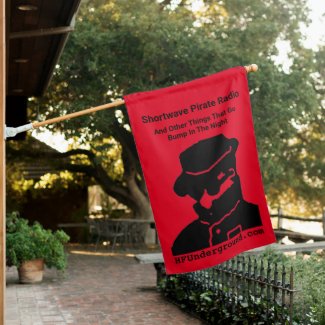If you examine the way-cool waterfall SDR screen-grabs Exo made above of the 22m ISM band, there seems to be at least two broad (hash/hiss) bands between 13560 and 13562 kHz, this is heard globally and is almost "always there" when there is even some prop. on 22m, even if it just riding the MUF.
Does anyone know what creates this global hash/hiss band(s)? It seems to be a complex "mash" of discrete A0 carriers all co-mingling.
Just guessing, these 1-to-3 kHz wide noise "hiss" signals seen around 13.56 MHz ISM are possibly due to the use of "Low EMI SSC" techniques in some of the ISM generator transmitter designs.
SSC is so-called
Spread Spectrum Clock oscillators, which have an intentionally frequency-dithered output.
(Not really spread spectrum as in SS communications)
In other words, the SSC is a clock oscillator that is frequency modulated with either a triangle wave or low pass filtered pseudo white noise.
This provides the same working power output for the generator, but
legally fools the EMI testing standards into measuring an apparently lower signal strength level.
The EMI testing uses audio bandwidth time-weighted level measurements.
It also gives the ISM signal the appearance and sound of noise hiss on communication receivers.



